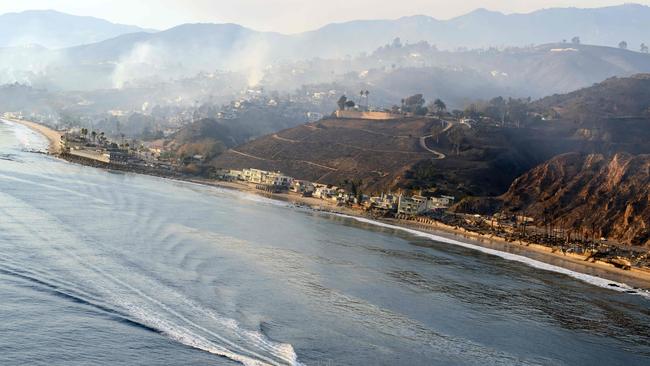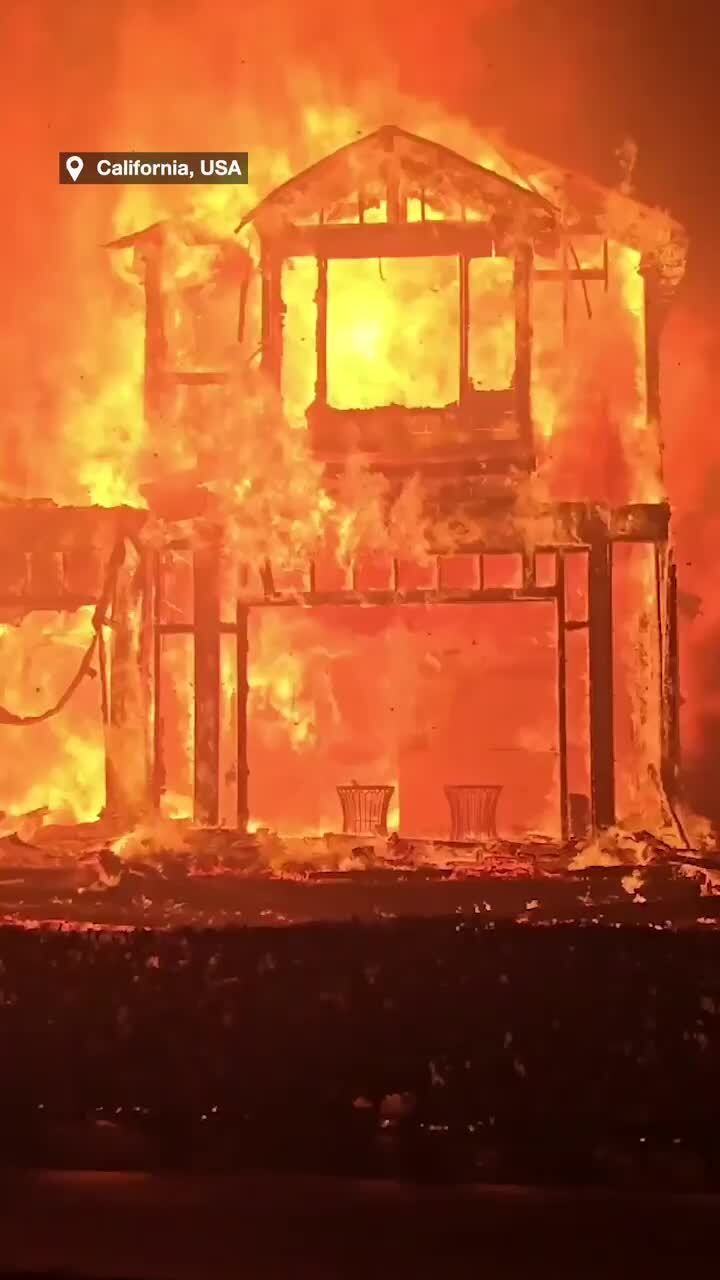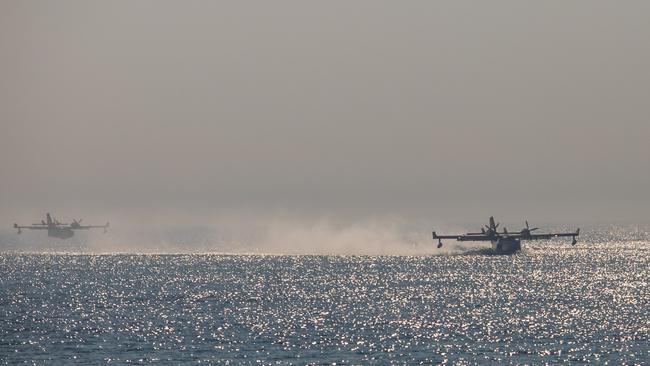Why using seawater to douse the LA fires is more complicated than expected
LA sits right on the shore of the world’s largest ocean — so why isn’t seawater being used to fight the deadly fires?

World
Don't miss out on the headlines from World. Followed categories will be added to My News.
The use of seawater to extinguish the scorching Los Angeles fires seems like a straightforward solution, but the technique faces a variety of complications despite the fact that the city sits at the shores of the Pacific Ocean.
While firefighters have sparingly tapped into the natural resource, issues like lack of reliable access, significant environmental impact and corrosive qualities are key roadblocks to oceanwater’s consistent use in fighting the current inferno.
Read the latest on the Los Angeles fires here
Impacts on environment
Depending on an individual species salt tolerance, soil salinisation can negatively affect plants by leading to a reduction of plant water intake, according to Soil Science Australia.
Former assistant chief for California Deparment of Forestry and Fire Protection (Cal Fire) and retired fire analyst Tim Chavez told the Wall Street Journal that firefighters try to avoid saltwater for this reason.
“We try to avoid it, because saltwater is a soil steriliser. If you add salt to the soil, you’re not going to be able to grow anything there the next year,” he said.

While the long-term effects of salt in the soil are not yet understood, the dry conditions typical of California’s climate may allow salt to remain in the soil, which some species can’t “tolerate,” ecosystem ecologist at the Smithsonian Environmental Research Centre Patrick Megonigal wrote in The Conversation.
He noted that the seawater being dumped on the LA fires is “full-strength, salty ocean water”.
“Our experiment found that salt was causing clay and other particles to disperse and move about in the soil. Such changes in soil chemistry and structure can persist for many years,” Mr Megonigal added.

Equipment, access and distribution
According to Cal Fire, the state’s civil aerial firefighting fleet is the largest in the world, though only a select few can collect water from the Pacific Ocean, including the county’s two Bombardier CL-415 “super scoopers.”
They have been deployed in recent days to help fight the blaze, though one was grounded after a collision with an unauthorised drone.
Water also can’t be easily drafted by firefighters from the ocean, as compared to a swimming pool or lake.
“I don’t think anybody would draft out of the ocean because you can’t drive close enough to it,” Mr Chavez said.

The distribution of seawater would be the next issue.
Current wind speeds are predicted to be from 72 km/h to 112 km/h, according to the U.S. National Weather Service.
Existing turbulence combined with “life-threatening destructive wind events” makes flying “nearly impossible,” a Cal Fire spokesman said in a video explainer.
“When winds are above 30 mph (48 km/h), fire retardant and water only end up a mist instead of a steady rain.”
Originally published as Why using seawater to douse the LA fires is more complicated than expected




